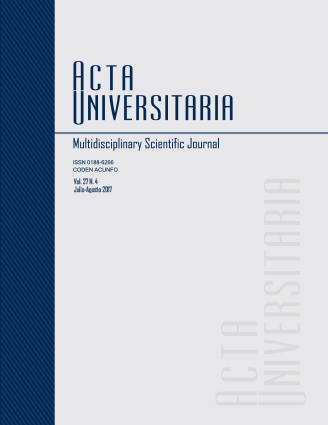Elevated depressive symptomatology and use of contraceptive methods in health care college students in central Mexico
Published 2017-09-20
Keywords
How to Cite
Abstract
Depression is a health problem that affects 23% of college students, predisposing them to risky sexual behaviors. The aim of this study was to identify the influence of Elevated Depressive Symptomatology (EDS) on contraceptive use and failures when used. A non-experimental study was carried out on 1853 college students of both sexes, aged 18-24 years, at two public universities in central Mexico. EDS and contraceptive use were compared using χ² and Odds Ratio adjusted for sex, age, marital status, house share (family, roommates, cohabitation, etc.), multiple partners and early onset of sexual intercourse. The results show that EDS is greater in college women than men. In the presence of EDS, the probability of failure in the use of natural and hormonal contraceptives is 40%, and 38% when not using a condom, (p < 0.05). These behaviors increase the risk of unintended pregnancies and of contracting sexually transmitted diseases within this population.

